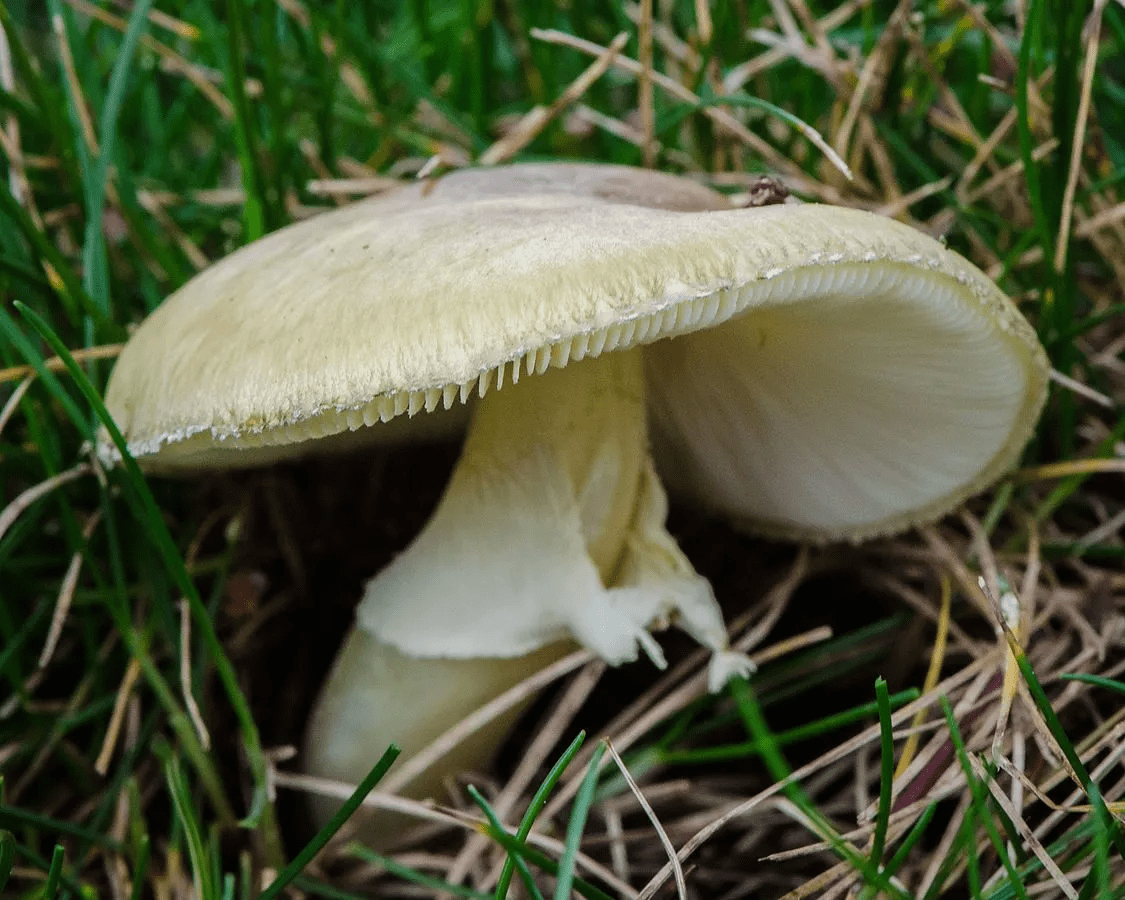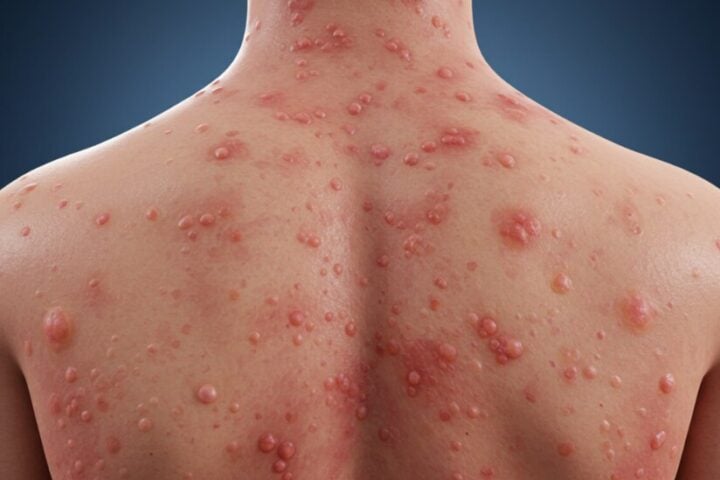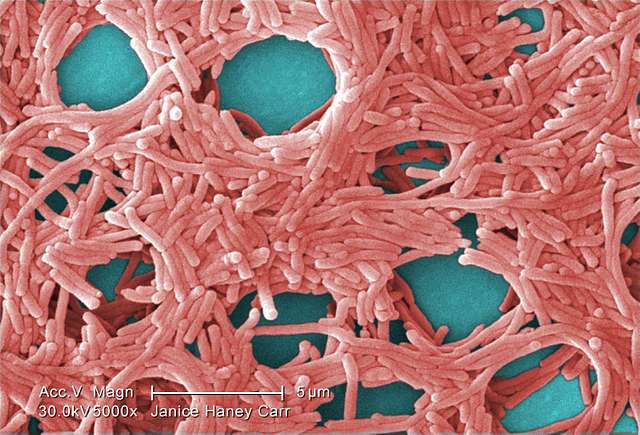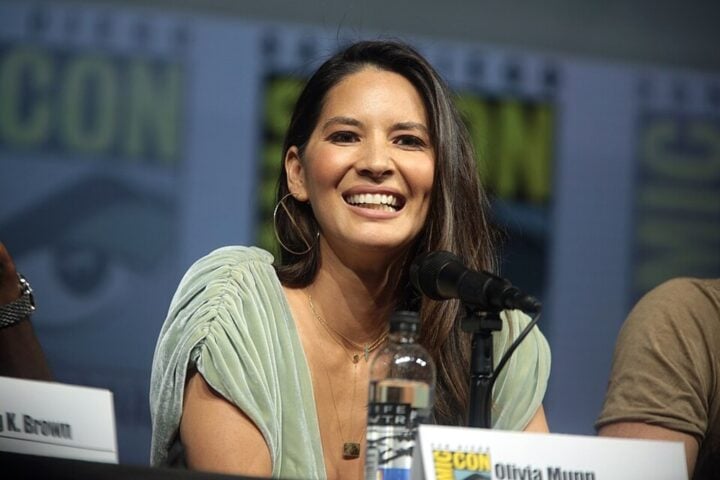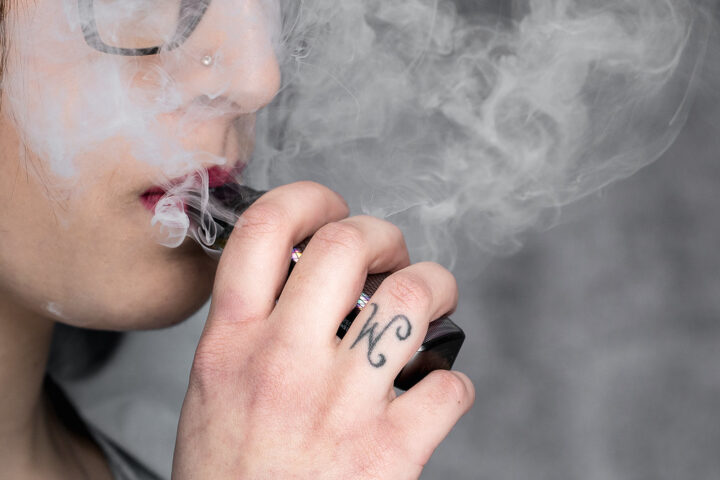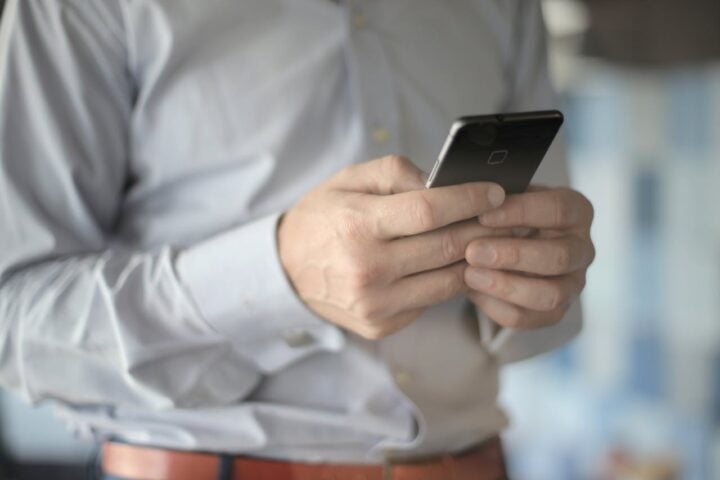For many years, the world’s deadliest mushroom known to humans, the death cap, has been considered lacking an antidote. Indocyanine green, a dye used for medical imaging, has been found to have the qualities of a potential antidote for the death cap mushroom.
Every year, the death cap mushroom is responsible for 100 deaths, and it causes illness in thousands more. During foraging, many death cap victims mistake edible mushrooms such as puffballs and paddy straws for death caps. The only current way to survive death cap mushroom poisoning is immediate medical intervention in the emergency room. A recent study published in Nature Communications highlights the potential antidote using indocyanine green.
Indocyanine green, an FDA-approved compound, shows promise in inhibiting the deadly toxin found in the death cap mushroom. Scientists were surprised to find a connection between the dye and the mushroom toxin after further investigation. Alpha-amanitin, a toxin present in death caps, can cause severe liver damage, vomiting, seizures, and fatality. Originally native to Europe, death caps are an invasive species found on every continent except Antarctica.
The similarity in appearance between death caps and edible mushrooms contributes to the accidental poisoning. Using CRISPR gene editing technology, the research team understood how the mushroom’s toxin affects cells. As identified in the study, the toxicity of Alpha- amanitin is influenced by an enzyme called STT3 B.
In the next phase of research, the risk of toxin exposure is intended to be reduced by finding a drug that could inhibit the STT3 B enzyme. Through the screening of 3,200 FDA-approved compounds, the scientists narrowed down the list to 34 potential antidotes.
When indocyanine green, a compound used for liver and heart imaging, was administered, an increase in the survival rate of cells exposed to the toxin was observed. The elusiveness of an antidote for death cap mushrooms, which have been studied since the 1700s, has contributed to the limited knowledge of how the toxin affects cells.
Similar Post
Heating, drying, cooling, or boiling cannot neutralize the toxin present in death cap mushrooms. Using CRISPR gene editing and chemical testing, a potential antidote was identified by the researchers. Indocyanine green has potential as an STT3B inhibitor and a possible antidote for death cap mushroom poisoning.
During testing on mice, a significant increase in survival rates was observed when the antidote was administered within 4 hours of toxin exposure. In order to determine the therapeutic benefits and efficacy of indocyanine green as an antidote, human trials are required.
Setting up human trials for death cap mushroom poisoning may be challenging due to the rarity of such cases. Early detection of death cap mushroom ingestion is crucial because the effectiveness of the antidote diminishes over time.
Using indocyanine green as a diagnostic tool, liver, cardiac, and vascular abnormalities are currently being diagnosed. When mice were treated with indocyanine green as an antidote, a 50% survival rate without observed effects was achieved. Further research and human trials will provide more conclusive results on the potential of indocyanine green to revolutionize the treatment of mushroom poisoning.
